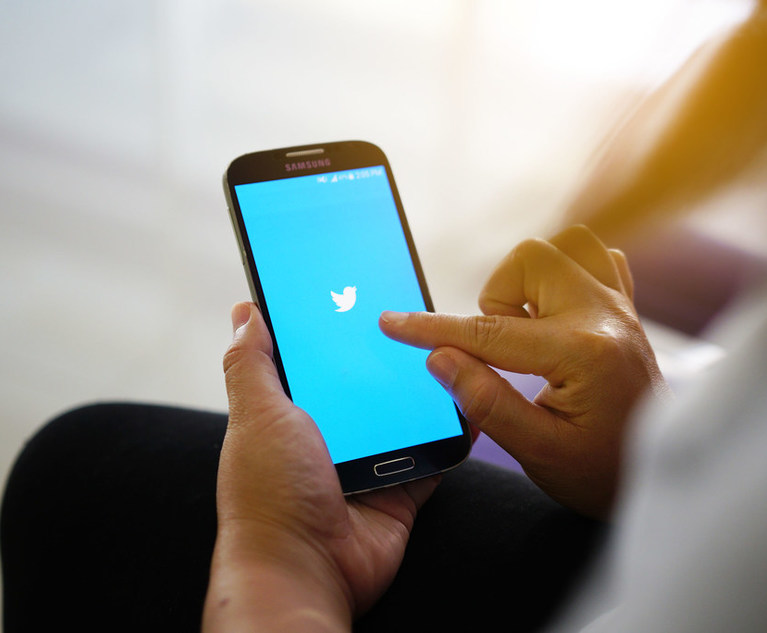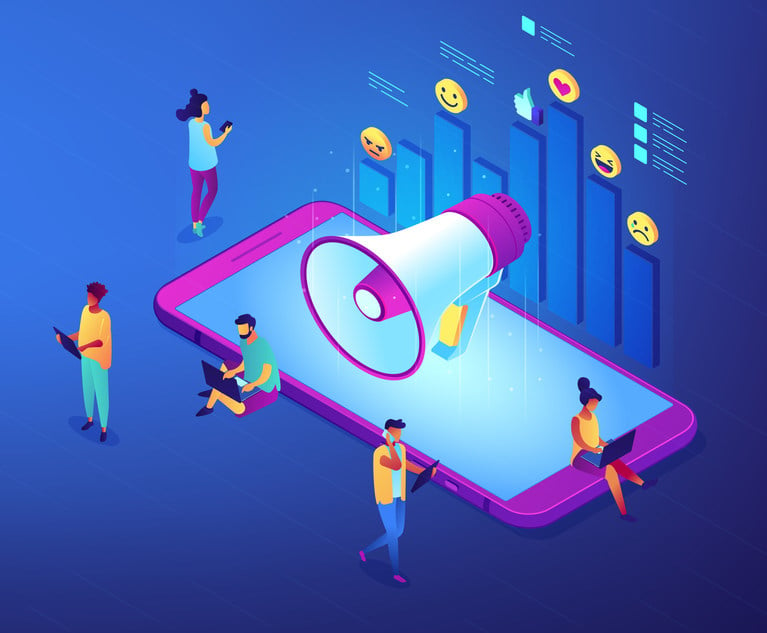 What’s in a name? And does it matter where its used? The legal profession is famous (or infamous) for picking apart what appears to be common language. Words and phrases that have everyday meanings—things that people simply say and understand as they go about their lives—may turn out to have hidden depths when they are analyzed as the basis for legal claims. Under that lens, context can be extremely important, sometimes transforming the ordinary meaning of a word into something entirely different. For example, some industries have an entire language, built up over time and in common use by sophisticated practitioners, that is entirely foreign to outsiders. In the context of a particular industry, these “terms of art” can even carry meaning that is the exact opposite of their common usage. Lawyers and courts must be aware of that context when examining the language underlying a particular statute, agreement, or claim.
What’s in a name? And does it matter where its used? The legal profession is famous (or infamous) for picking apart what appears to be common language. Words and phrases that have everyday meanings—things that people simply say and understand as they go about their lives—may turn out to have hidden depths when they are analyzed as the basis for legal claims. Under that lens, context can be extremely important, sometimes transforming the ordinary meaning of a word into something entirely different. For example, some industries have an entire language, built up over time and in common use by sophisticated practitioners, that is entirely foreign to outsiders. In the context of a particular industry, these “terms of art” can even carry meaning that is the exact opposite of their common usage. Lawyers and courts must be aware of that context when examining the language underlying a particular statute, agreement, or claim.
This challenge has been particularly acute in recent years with the growth of new technologies and new ways to communicate and share information. It is common for courts to seek a “real world” analog for any popular digital service, and to attempt to apply legal standards accordingly. Thus, courts have, at various times, analogized Google to the Yellow Pages, Reddit to a newspaper front page, and Twitter to a town square—with varying degrees of success. But that kind of analogy can fail when the digital context transforms the meaning of the terms the court is examining.






